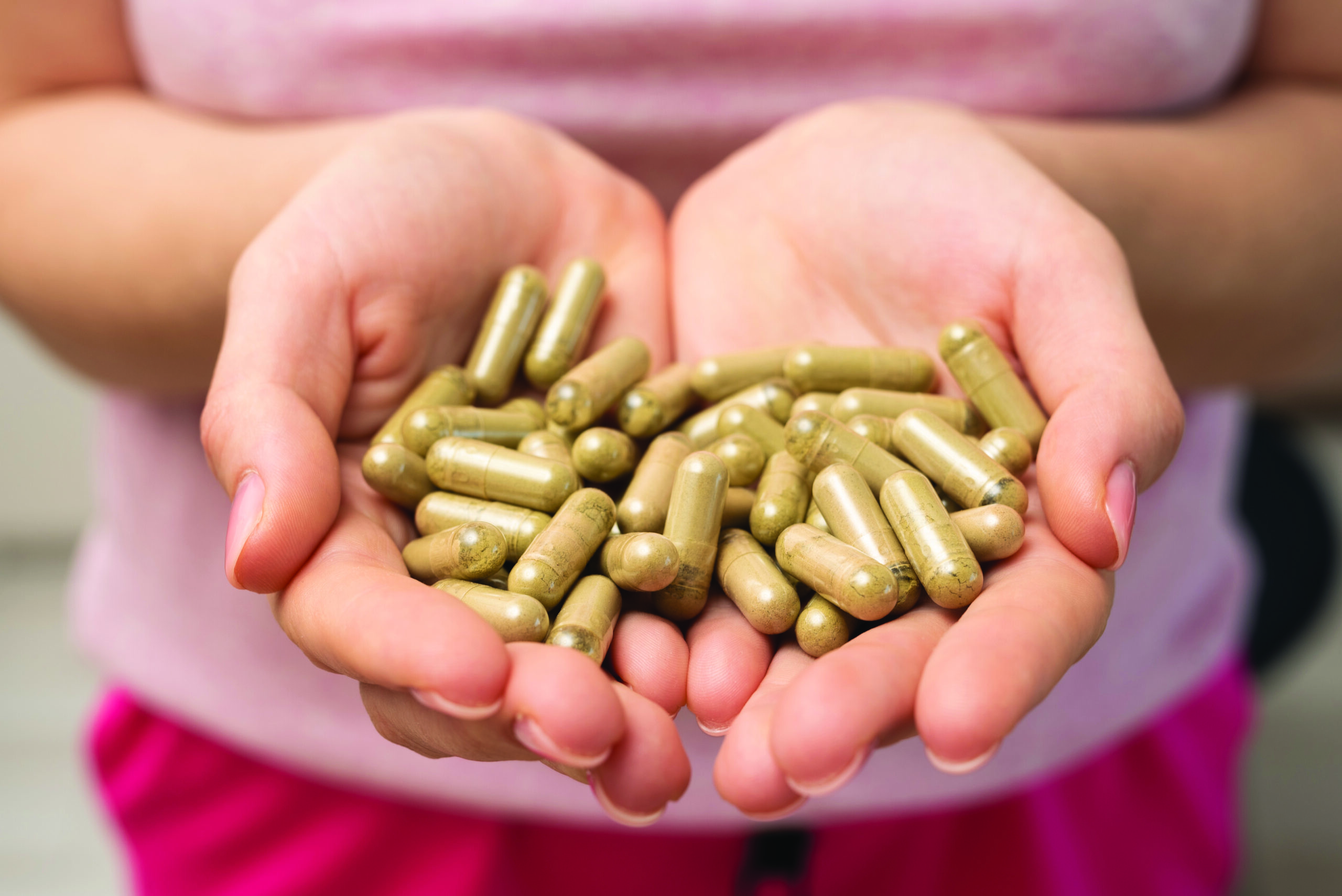
The Hidden Perils of Kratom: Unveiling the Dark Side
By Staff
Kratom, a tropical tree native to Southeast Asia, has gained popularity in recent years as a natural alternative to traditional painkillers and mood enhancers. However, beneath its seemingly harmless facade lies a myriad of dangers that pose significant risks to both physical and mental health.
One of the most alarming dangers associated with kratom is its potential for abuse. While proponents argue that it can alleviate withdrawal symptoms from opioids, the irony lies in the fact that kratom itself can be highly addictive. Its active compounds bind to opioid receptors in the brain, leading to a euphoric high and a subsequent craving for more. As tolerance builds, users find themselves trapped in a vicious cycle, desperately seeking higher doses to achieve the desired effects. This can have severe consequences, including social isolation, financial ruin, and even death.
Kratom also poses a range of adverse health effects. The unregulated nature of this substance means that users have no guarantee of its purity or potency, making it a breeding ground for contamination. Reports of kratom products tainted with heavy metals, salmonella, and other harmful substances have surfaced, posing a significant risk to consumers. Furthermore, kratom consumption has been linked to liver damage, respiratory problems, seizures, and even psychosis.
Adding to the dangers of kratom is the lack of regulation surrounding its production, distribution, and consumption. Unlike prescription medications, kratom is not subject to rigorous testing or quality control measures. This absence of oversight means that consumers are left vulnerable to the uncertainties of a market driven by profit rather than safety. Without proper regulation, there is no way to ensure that kratom products are accurately labeled, free from contaminants, or even legal. This regulatory void not only endangers individuals but also undermines public health efforts to combat substance use.
While kratom may initially appear as a natural remedy with potential benefits, it is crucial to recognize the hidden perils that lie beneath its surface.
It is important to educate ourselves and our kids about these dangers. Just because something is marketed as “natural” does not mean it is safe, especially for youth. Only through awareness and informed decision-making can we protect ourselves, our kids, and our communities from the hidden perils of kratom.
